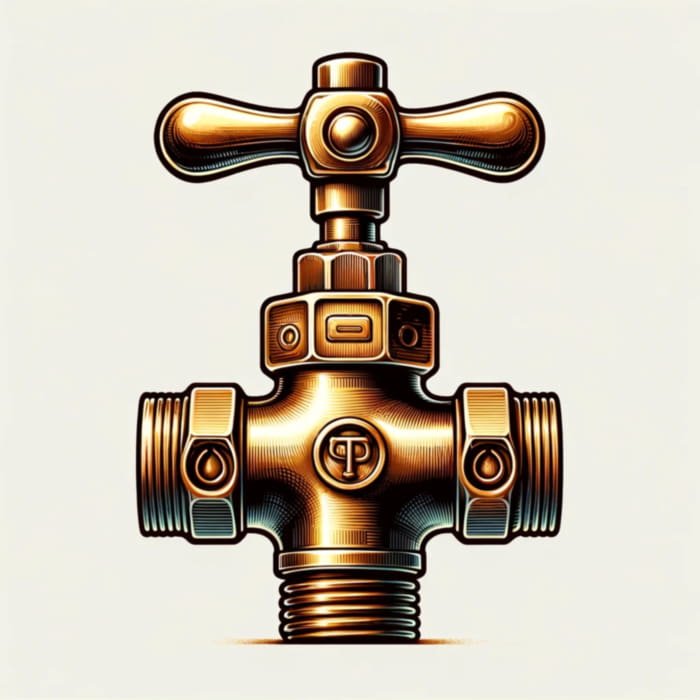Have you ever faced a sudden leak in your home and realized the importance of knowing how to isolate your mains water supply? Understanding how to change a stopcock, a crucial valve in your water supply system, is essential for every homeowner. This article will guide you through every step, from identifying the stopcock to successfully replacing it, ensuring you’re prepared for any emergency. Whether you’re a DIY enthusiast or just seeking practical knowledge, this guide is invaluable.
Check our Stopcock Installation service in London for any inquiries call us!
What is a Stopcock and Why is it Important?
A stopcock, also known as a stop valve, is a crucial component in your home’s plumbing system. It allows you to control the flow of mains water into your property. Understanding its functionality and location can save you from potential water damage in case of a leak or when plumbing maintenance is needed.
Locating Your Stopcock: A Step-by-Step Guide
Finding your stopcock can be tricky. It’s normally located near where the water supply enters your building. This section will guide you through locating it, whether it’s under the kitchen sink, in a bathroom, or even outside your house.
Tools and Materials Needed for Changing a Stopcock
Before you start, ensure you have the right tools and materials. You’ll need wrenches, a new stopcock valve, possibly some pipe fittings, and other essentials. This part will provide a comprehensive list and explain the use of each tool.
Preparing to Change a Stopcock: Safety and Precautions
Safety is paramount. This section will cover how to prepare the area, turn off the main water supply, and take necessary safety precautions to prevent any mishaps or water damage during the process.
Turning Off the Water: How and Why?
Learn how to properly shut off the water supply to your home. This is a critical step before starting the replacement process to prevent water from flowing while you work.
Removing the Old Stopcock: A Detailed Procedure
Detailed instructions on how to carefully remove the old stopcock. This includes steps like draining remaining water, loosening nuts, and detaching the valve from the pipes.
Fitting the New Stopcock: Techniques and Tips
Installing a new stopcock requires precision. This section will guide you through aligning the new valve, securing it in place, and ensuring a watertight fit to avoid leaks.
Testing the New Valve: Ensuring Proper Installation
Once the new stopcock is fitted, it’s crucial to test it. This involves turning the water back on, checking for leaks, and ensuring the valve operates smoothly.
Dealing with Common Issues During Stopcock Replacement
Encountering problems during installation is common. This segment will cover troubleshooting tips for issues like fitting problems, leaks, or difficulty in removing the old valve.
Maintenance Tips for Your New Stopcock
Proper maintenance can extend the life of your stopcock. Learn how to regularly check and maintain your new valve to ensure it remains functional for years to come.
Conclusion and Key Takeaways
- Understanding the importance of a stopcock and its location is crucial for every homeowner.
- Proper preparation and having the right tools are key to a successful replacement.
- Safety precautions are essential to prevent water damage during the process.
- Regular maintenance of your stopcock will ensure its longevity and reliability.


